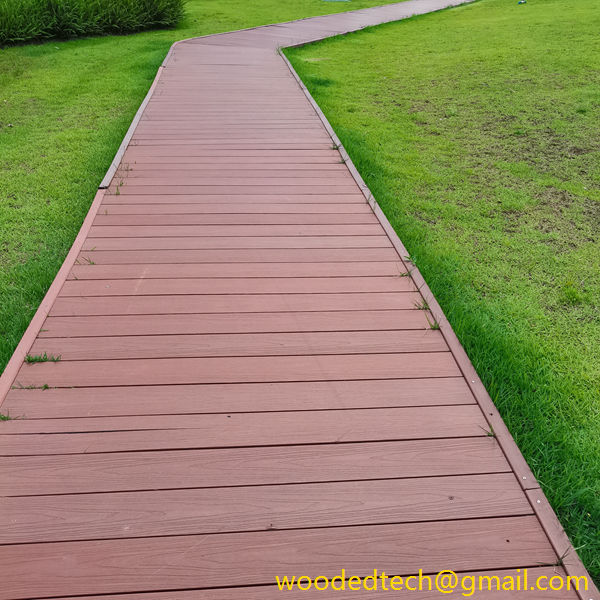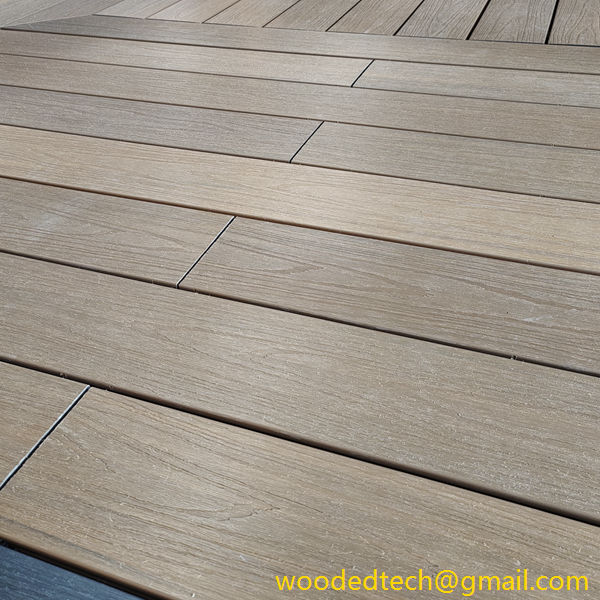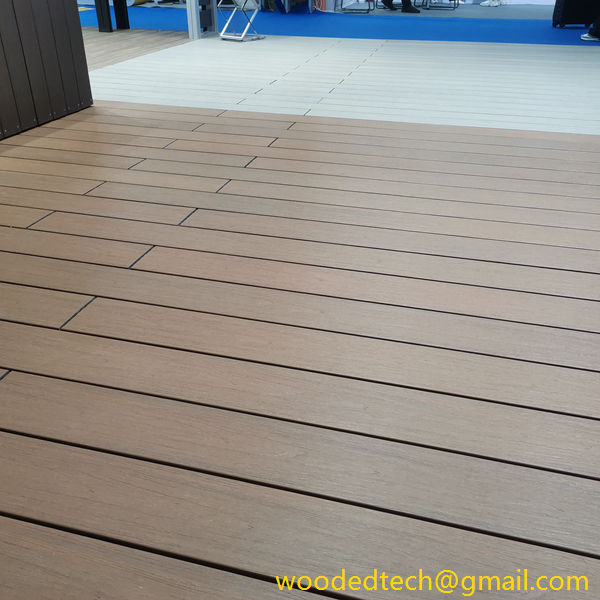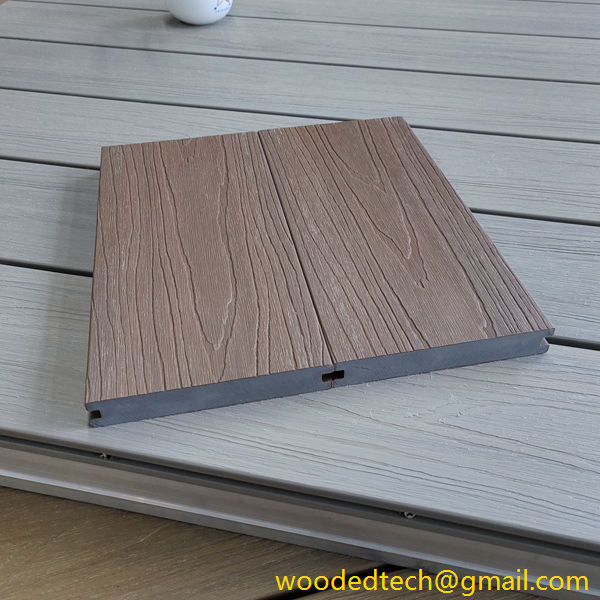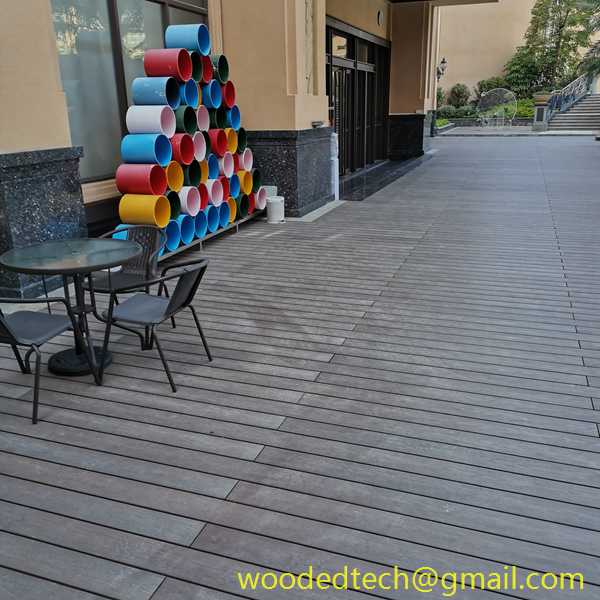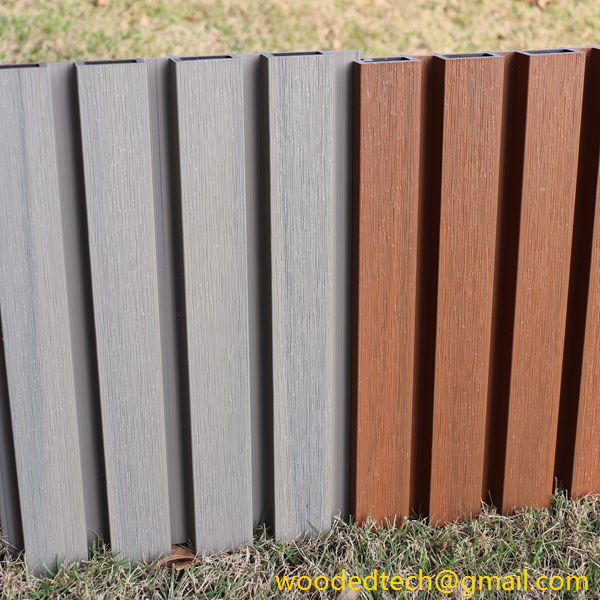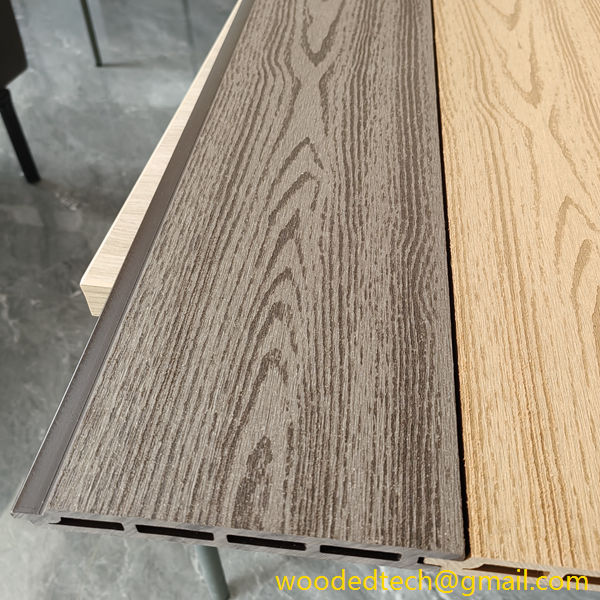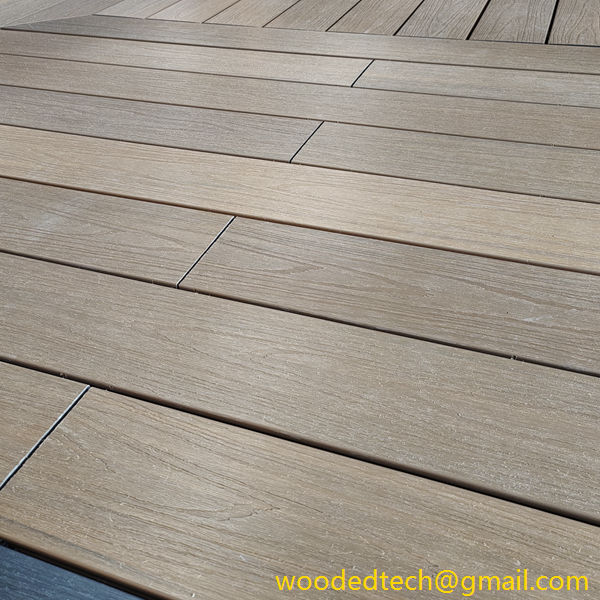Choose the Right Wood Plastic Composite Decking Boards for Your Needs
When it comes to outdoor living spaces, decking plays a crucial role in both aesthetics and functionality. Wood plastic composite decking boards have gained popularity due to their unique combination of wood and plastic materials, offering a range of benefits over traditional wood decking. However, selecting the right composite decking boards for your needs requires an understanding of the production processes involved in their manufacturing. By delving into the materials and methods used in producing these boards, you can make a more informed decision that aligns with your specific requirements.
The first step in understanding wood plastic composite decking is to recognize the materials involved. Typically, these boards are made from a blend of wood fibers and thermoplastic resins. The wood fibers provide the natural appearance and texture, while the plastic components contribute to durability, moisture resistance, and ease of maintenance. The choice of wood fibers can vary, with options including recycled wood, sawdust, or wood shavings, depending on the manufacturer’s focus on sustainability and performance.
The production of wood plastic composite decking boards generally involves several key stages: compounding, extrusion, and finishing. During the compounding phase, the wood fibers and plastic resins are mixed together, often with the addition of additives to enhance specific properties. These additives may include colorants, UV stabilizers, and anti-fungal agents, all of which contribute to the board’s long-term performance and appearance. The ratio of wood to plastic in the blend can also vary, affecting the overall weight, strength, and aesthetics of the final product.
Extrusion is the next critical step in the production process. In this phase, the compounded materials are heated and forced through a mold to create the desired shape of the decking boards. This method allows for versatile designs, including various profiles and textures that can mimic the look of traditional wood. The extrusion process not only helps in achieving uniformity in thickness and width but also ensures that the boards have a consistent density throughout. This consistency is vital for both structural integrity and visual appeal.
After extrusion, the decking boards undergo a finishing process. This can include various techniques such as sanding, embossing, or applying a protective coating. The finishing stage not only enhances the aesthetic qualities of the boards but also adds an extra layer of protection against the elements. For instance, some manufacturers opt for a capped composite design, where a thin layer of plastic is fused over the wood plastic core. This cap provides superior resistance to moisture, fading, and scratching, making it an excellent choice for areas with high foot traffic or exposure to harsh weather conditions.
When selecting wood plastic composite decking boards, it is important to consider the intended use and environmental factors. For instance, if you live in an area with high humidity or frequent rainfall, opting for boards with a higher plastic content may be beneficial. This will enhance the moisture resistance and prevent issues such as warping or mold growth. Conversely, if you prefer a more natural wood-like appearance, boards with a higher percentage of wood fibers may be more appealing, as they can provide a warmer aesthetic.
Additionally, it is essential to evaluate the manufacturer’s reputation and quality control practices. Different brands may have varying standards for production, which can greatly affect the durability and longevity of the decking boards. Look for manufacturers that provide warranties and have a track record of customer satisfaction. Reading reviews and seeking recommendations can also help guide your decision.
Another factor to consider is the ease of installation. Some composite decking boards are designed for straightforward installation, featuring interlocking systems or hidden fasteners that enhance the visual appeal while minimizing visible hardware. If you plan to install the decking yourself, understanding the installation process and the required tools can save you time and effort.
Lastly, budget considerations will play a significant role in your decision-making process. Wood plastic composite decking boards are available in a range of price points, influenced by factors such as material quality, brand reputation, and warranty coverage. While it may be tempting to choose the least expensive option, investing in higher-quality boards can pay off in the long run through reduced maintenance and replacement costs.
In summary, choosing the right wood plastic composite decking boards requires a comprehensive understanding of the materials, manufacturing processes, and intended use. By evaluating factors such as material composition, production techniques, environmental considerations, and budget, you can select decking that not only meets your aesthetic preferences but also performs effectively in your specific environment. With the right choice, you can create an outdoor space that enhances your lifestyle while providing the durability and beauty that wood plastic composite decking is known for.

